Home>Ideas and Tips>How To Choose And Install The Right Bathroom Vanity
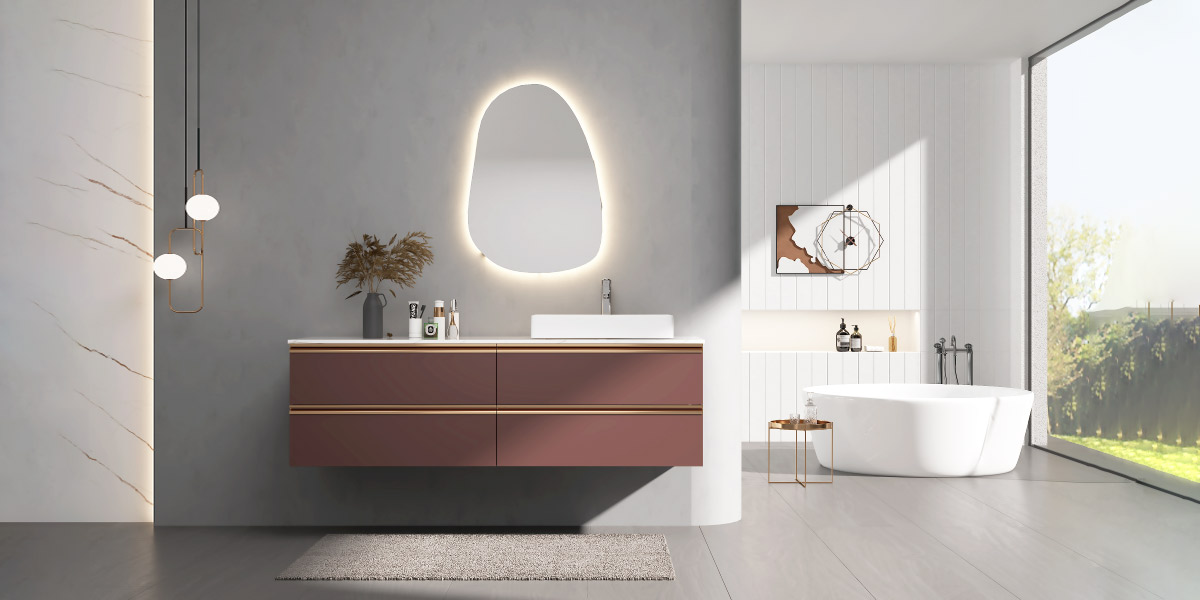

Ideas and Tips
How To Choose And Install The Right Bathroom Vanity
Modified: November 1, 2024
Learn how to choose and install the perfect bathroom vanity with our step-by-step guide. Enhance your bathroom's functionality and style effortlessly.
(Many of the links in this article redirect to a specific reviewed product. Your purchase of these products through affiliate links helps to generate commission for Storables.com, at no extra cost. Learn more)
Choosing the right bathroom vanity is a crucial step in any bathroom renovation or upgrade. A well-chosen vanity can enhance the functionality and aesthetic appeal of your bathroom, while a poorly chosen one can lead to frustration and costly mistakes. In this article, we will guide you through the process of selecting the perfect bathroom vanity for your needs and provide detailed instructions on how to install it.
Consider Who Is Going to Be Using It, and How
Before you start looking for a bathroom vanity, it's essential to consider who will be using it and how. This will help you determine the type of vanity you need. For example, if you are renovating an en-suite bathroom for you and your partner, both of whom need a sink at the same time in the morning, you may be looking at double sink vanities. However, if you’re by yourself, you can make do with a single vanity in your master bathroom.
Additionally, think about how you will be using your vanity. If you are someone who likes to do their makeup and hair, you’ll want more counter space and storage to accommodate supplies. This will help you narrow down your options and choose a vanity that meets your specific needs.
Find Out Where Your Plumbing Is Located
Plumbing will most likely be the part of your bathroom that dictates where your vanity is going to go. It costs time and money to make changes to your plumbing, so it's crucial to understand where your plumbing is located before making any decisions. This means that your plumbing will also have a say when it comes to choosing a style. For example, a floor-mounted vanity can make use of the typical plumbing layout. By contrast, a wall-mounted vanity might require moving the plumbing hookups for your sink.
Moving the plumbing is not impossible; it depends on your needs and the budget you have set aside for the project. If you decide to work with the existing plumbing setup, it will help you narrow down your vanity styles and avoid unnecessary complications during installation.
Look At Potential Obstacles to Determine Placement and Size
When choosing a bathroom vanity, it's important to consider any potential obstacles in your bathroom. This includes measuring the space carefully to ensure that the new vanity will fit comfortably without obstructing any other fixtures or creating awkward pathways. You should also consider any electrical outlets or switches that may be located near where you plan to place the vanity.
Additionally, think about the swing radius of doors and how they might impact the placement of your vanity. For instance, if you have a narrow bathroom with a door that swings open wide, you'll want to ensure that there is enough clearance around the vanity for easy access.
Determine Your Sink Style
Choosing the right sink style is another critical aspect of selecting a bathroom vanity. You've probably spent a lot of time determining what faucet and taps you want, but don't forget that they are only one part of the sink. You also need to carefully consider the bowl and how it will impact the look and utility of your vanity.
With so many sink styles available, it can be a little overwhelming to pick the one you’ll like the most. The best way to approach it is to decide how much counter space you want and how much should be allotted to the sink. A sink is going to take up some countertop space no matter the style, but depending on which one you go with, you can minimize the impact.
Compare standard sinks with vessel, undermount, and all-in-one styles to get a better idea of how you want your own vanity set up. For example:
- Standard Sinks: These are the most common type of sink and come in various sizes.
- Vessel Sinks: These sit on top of the countertop rather than being mounted underneath it.
- Undermount Sinks: These are mounted underneath the countertop for a sleeker look.
- All-in-One Sinks: These combine the countertop and sink into one piece for ease of installation.
The size of your sink will also depend on your priorities for the vanity. For instance, if you’re working with a limited surface area because floor space is scarce, a smaller sink will be ideal for your new vanity.
Pick Out Materials That Will Handle Wear and Tear and Look the Way You Want
Your vanity is going to come in contact with a lot of substances during its life. Water, spilled makeup, and cleaning products are just a few examples. It’s also going to be in a more humid room, thanks to those steaming hot showers we love so much.
This means that you are going to want a vanity that can hold up against whatever life throws at it. Certain materials are better suited to warm, moist climates than others. For example:
- Wood Veneers: These offer a natural look but may require more maintenance than other materials.
- Laminate: This is durable and easy to clean but may not be as aesthetically pleasing as other options.
- Thermofoil: This is a type of laminate that mimics wood grain but is more resistant to moisture.
It is also recommended that you choose a vanity top that is durable and avoid doing any grouting that will be hard to clean later. You have a variety of countertop materials to choose from, including natural stone, quartz, and more, which will give you a vanity that is both beautiful and functional.
Measure Your Space Carefully
Before you start shopping for a vanity, take careful measurements of the room you’ve designated for the bathroom vanity. Make sure to consider width, depth, and height. Here are some initial considerations:
- Where is your plumbing located?
- Will the plumbing connections be easy or obstructive?
- How much space do you have available?
- Is your bathroom narrow, wide, or open?
- What are the space restrictions you need to consider, such as the swing radius of doors?
When you take a few minutes to consider these questions, you’ll be better equipped to narrow down the many options to the vanity that will best suit the needs of your space while providing the look you want.
Choose the Right Vanity Width
The first consideration is what vanity width will suit the space. This is one of the most important measurements because it will determine whether or not the vanity will fit into the floorplan of your bathroom. The width should be measured from one side of the wall to the other, taking into account any obstructions like electrical outlets or windows.
Consider Vanity Storage
Once you know the right size vanity for your space, it’s time to consider the different storage solutions each design offers. Vanities can provide a combination of drawers, cabinets, shelves, and special features designed to enhance your daily routine. Think about the items you need to store and choose a vanity with the right combination of concealed and exposed storage.
For example:
- Drawers: These are great for storing toiletries and personal items.
- Cabinets: These can be used for storing towels, linens, and other bathroom essentials.
- Shelves: These can be used for displaying decorative items or keeping frequently used items within easy reach.
Pair the Vanity with a Countertop
Cap off your new vanity with a countertop that adds a layer of style and plenty of additional storage for all your everyday essentials. Choose a countertop just large enough for soap and a couple of items or choose a long countertop that provides a recessed area to sit at to apply your makeup.
When choosing the countertop, consider its durability and ease of maintenance. Some popular options include:
- Natural Stone: This offers a luxurious look but requires regular sealing.
- Quartz: This is durable and low maintenance but may not have the same aesthetic appeal as natural stone.
- Laminate: This is budget-friendly but may not be as durable as other options.
Select a Sink Style
Whether you’re purchasing a bathroom vanity with sink included or a bathroom vanity without a sink, you need to determine what style of sink best suits the needs of the room. With the vanity itself selected, consider what type of sink you’ll feature. Bathroom vanities with undermount sinks and vessel sinks are among the most popular options but each one offers a very different look.
For example:
- Undermount Sinks: These are mounted underneath the countertop for a sleeker look but may require more installation effort.
- Vessel Sinks: These sit on top of the countertop rather than being mounted underneath it and can add an elegant touch to your bathroom.
Introduce Plumbing Fixtures
The faucet and knobs you introduce to your vanity design act as the jewelry to complete your new vanity. The brands, finishes, and collections you feature in the other parts of the bathroom can help guide you toward the best bathroom faucets for your remodel. There are even bathroom sink and faucet combos available to ensure the ideal match.
When choosing plumbing fixtures, consider their durability and ease of maintenance. Some popular options include:
- Single-Handle Faucets: These offer ease of use but may not provide as much control over water temperature as dual-handle faucets.
- Dual-Handle Faucets: These provide more control over water temperature but may be more complicated to install.
Install Bathroom Vanity Lights
Get a clear view of your daily routine when you introduce new bathroom vanity lights to your new vanity design. Coordinate your vanity lighting with shower, closet, and water closet lighting solutions as well. This will help create a cohesive look throughout your bathroom.
When choosing vanity lights, consider their brightness and color temperature. Some popular options include:
- LED Lights: These are energy-efficient and provide bright illumination but may not be as warm as incandescent bulbs.
- Halogen Bulbs: These provide warm illumination but may not be as energy-efficient as LED bulbs.
Choose the Perfect Bathroom Vanity Height
Choosing the right height for your bathroom vanity is important for making sure your daily activities are accessible and comfortable. A standard bathroom vanity height is typically around 30 inches, but this can vary depending on your needs and preferences.
Here are some factors to consider when choosing the perfect height:
- Family Members: If you have a large family with many young kids or tall adults, installing a new bathroom vanity at a lower height (around 28 inches) makes multiple toothbrushing and hand-washing sessions easier.
- Vessel Sinks: If you’re installing a vessel sink, it’s recommended to put it on top of a 32-inch high vanity so that the rim of the sink will be at a similar height as a kitchen-height vanity.
- Plumbing and Plugs: When opting for a taller vanity unit to replace one that’s seen better days, make sure it won’t block access to electrical outlets above the sink or require changes to the sink’s plumbing.
Finalize Your Vanity Selection
Once you have considered all these factors, it’s time to make your final selection. Here are some last-minute factors to keep in mind:
- Style Compatibility: Ensure that your chosen vanity complements other fixtures in your bathroom such as mirrors, cabinets, and flooring.
- Budget Constraints: Set a budget before making any purchases and stick to it as much as possible.
- Installation Ease: Consider how easy it will be to install your chosen vanity based on its design and materials used.
Installing Your New Bathroom Vanity
Installing a new bathroom vanity can be a challenging task if you don’t have the right tools or experience. Here’s a step-by-step guide on how to install your new bathroom vanity:
Gather Tools & Materials
Before starting the installation process, gather all necessary tools and materials:
- Drill
- Screwdriver
- Measuring tape
- Level
- Pencil
- Safety glasses
- Work light (if needed)
- Vanity unit
- Countertop (if not included)
- Sink (if not included)
- Plumbing fixtures (faucet, drain assembly)
- Adhesives (for countertop installation)
- Fasteners (for securing vanity unit)
Measure the Area
Measure the area where you plan to place your new vanity carefully. Ensure that there is enough clearance around it for easy access and that it fits comfortably within the space.
Prepare the Area
Clear out any debris or old fixtures from the area where you plan to install your new vanity. This includes removing any old vanities, countertops, sinks, and plumbing fixtures.
Lay Out Your Vanity Unit
Place your new vanity unit in its designated area temporarily to ensure it fits perfectly before making any permanent installations.
Secure the Vanity Unit
Use fasteners provided with your vanity unit or purchase additional ones if necessary to secure it firmly against the wall studs behind it.
Install Countertop (If Applicable)
If your countertop is not pre-installed with your vanity unit, apply adhesives according to manufacturer instructions before placing it onto your newly installed sink or existing countertop surface.
Connect Plumbing Fixtures
Connect plumbing fixtures such as faucets and drain assemblies according to manufacturer instructions while ensuring they are securely fastened onto their respective mounting points on both sides of sink bowl if applicable.
Test Everything
Once everything is installed test all plumbing fixtures including faucets by turning them on/off several times ensuring no leaks occur during operation phase post-installation completion date/time stamp recorded accordingly!
Choosing and installing the right bathroom vanity requires careful consideration of several factors including utility needs versus aesthetic appeal preferences among others discussed herein detail-oriented manner throughout entire process from start-to-finish installation phase completion date/time stamp recorded accordingly By following these steps outlined above meticulously one should be able achieve desired results efficiently effectively without encountering unnecessary complications along way journey towards creating perfect functional yet stylishly designed bathroom space tailored specifically towards individualized needs preferences alike
Was this page helpful?
At Storables.com, we guarantee accurate and reliable information. Our content, validated by Expert Board Contributors, is crafted following stringent Editorial Policies. We're committed to providing you with well-researched, expert-backed insights for all your informational needs.
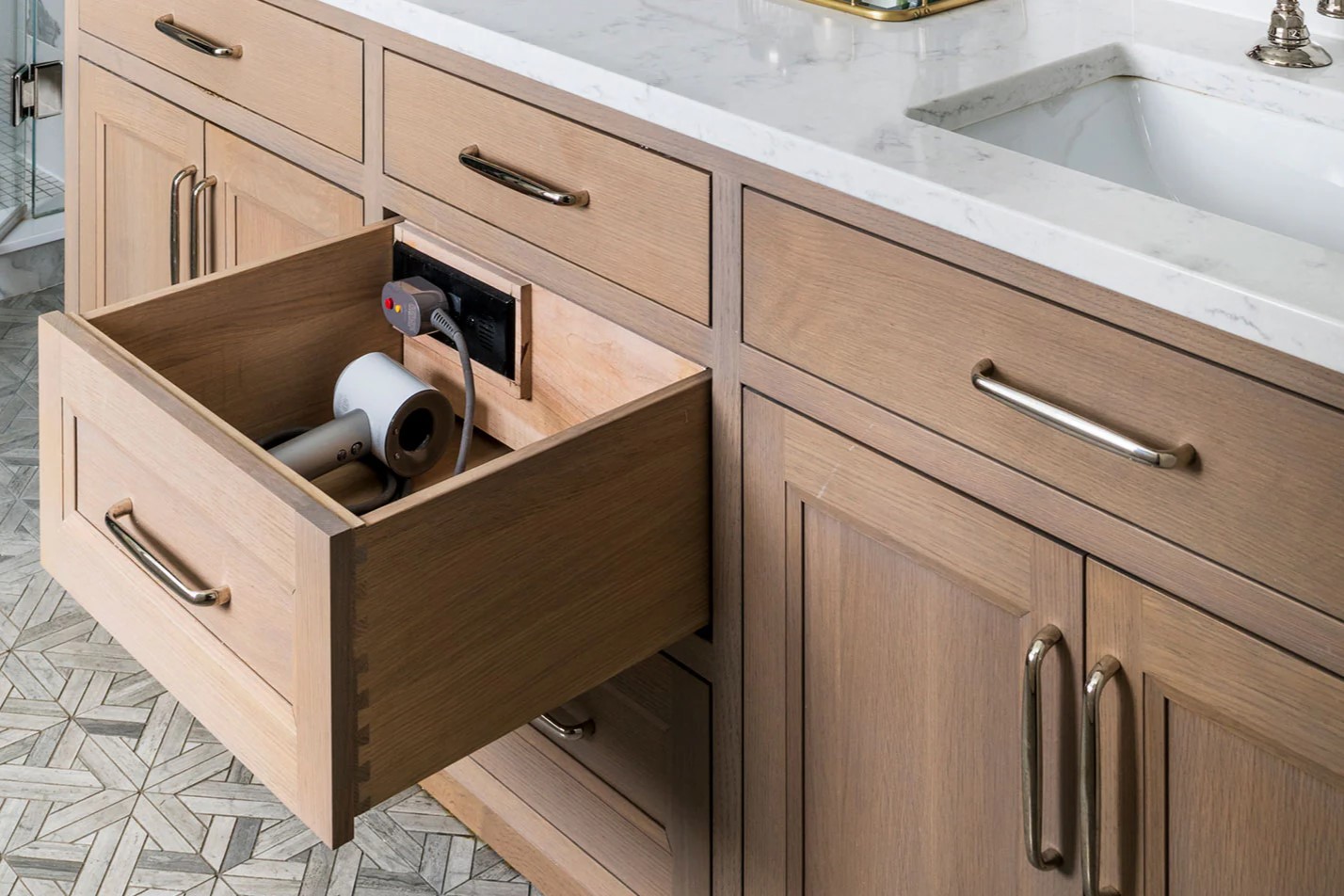
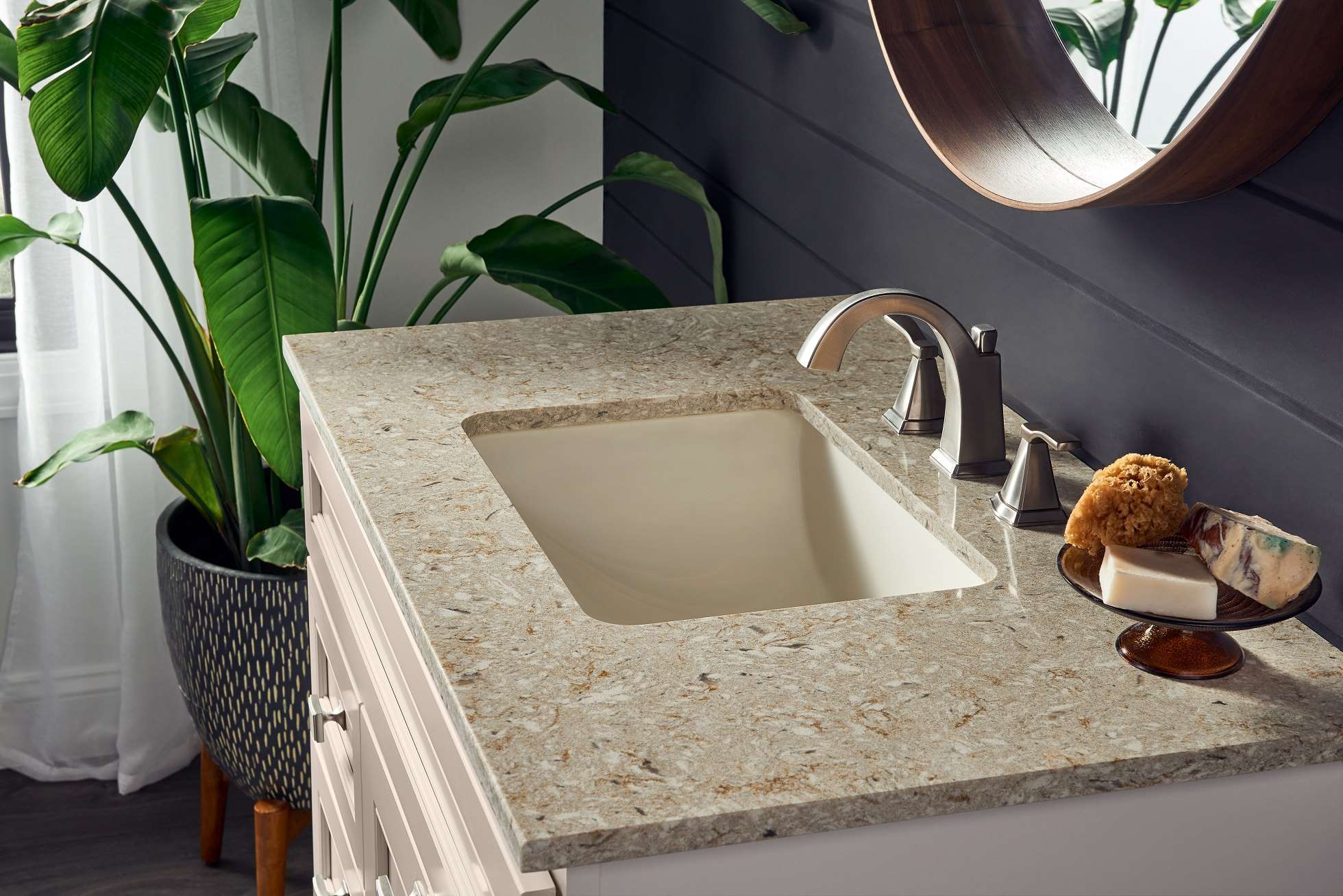
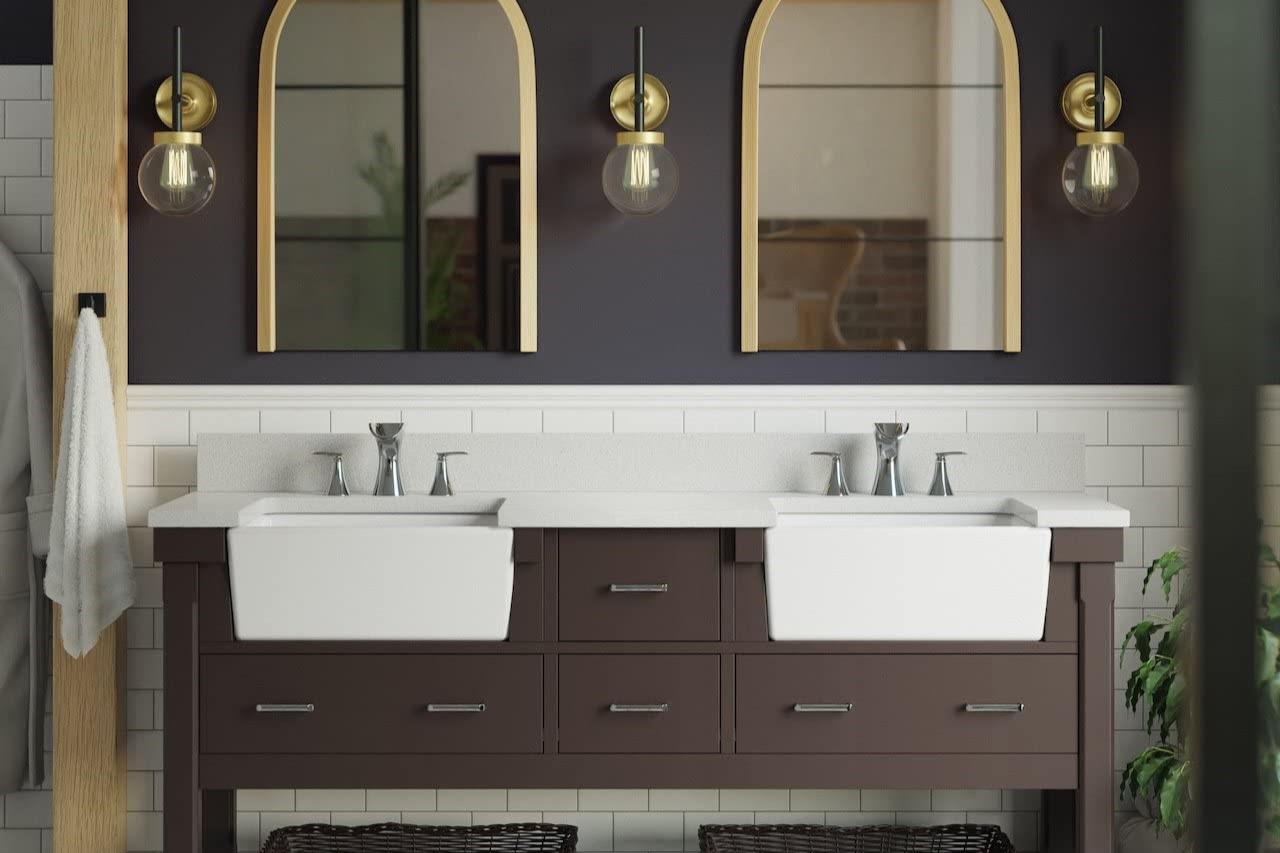
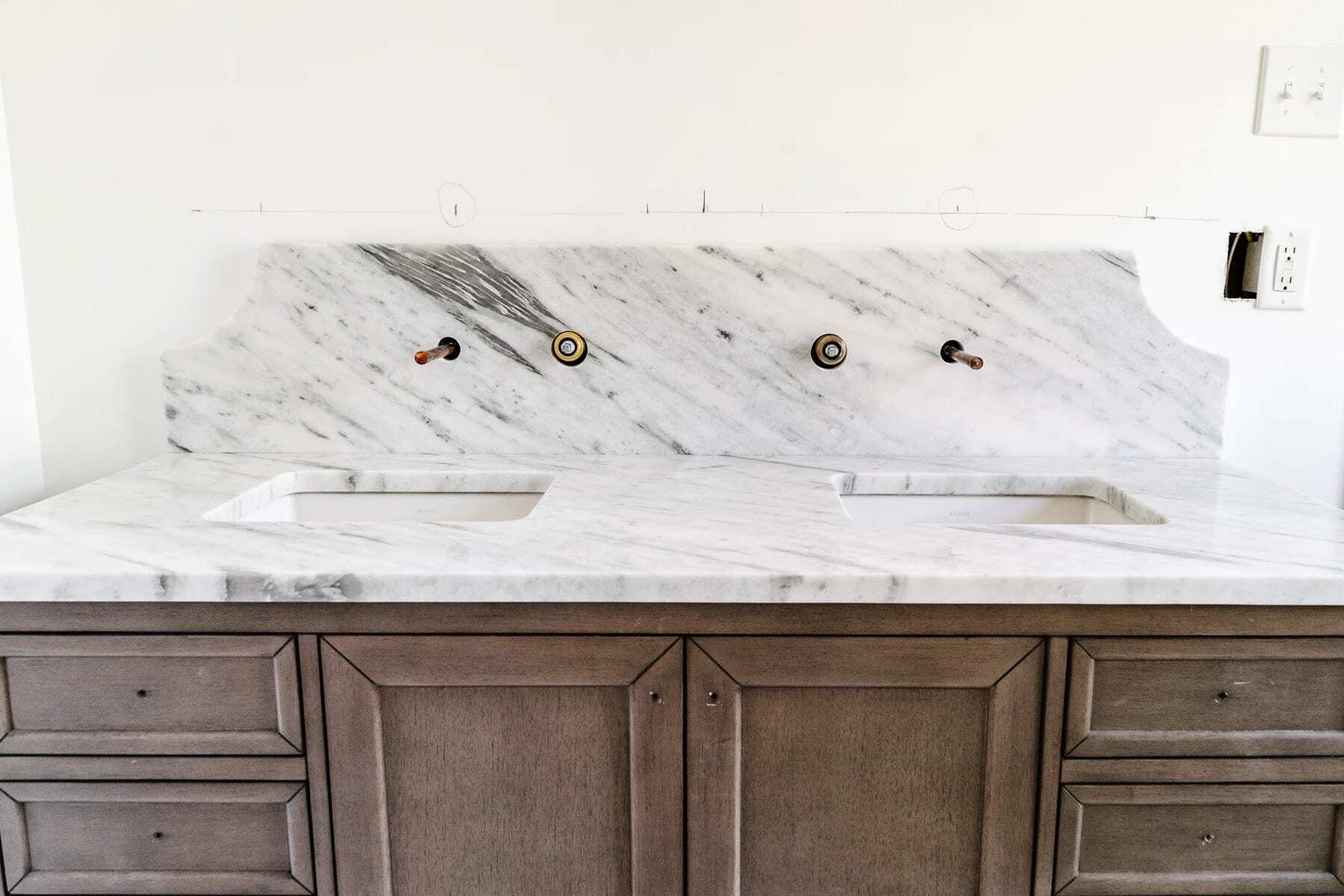
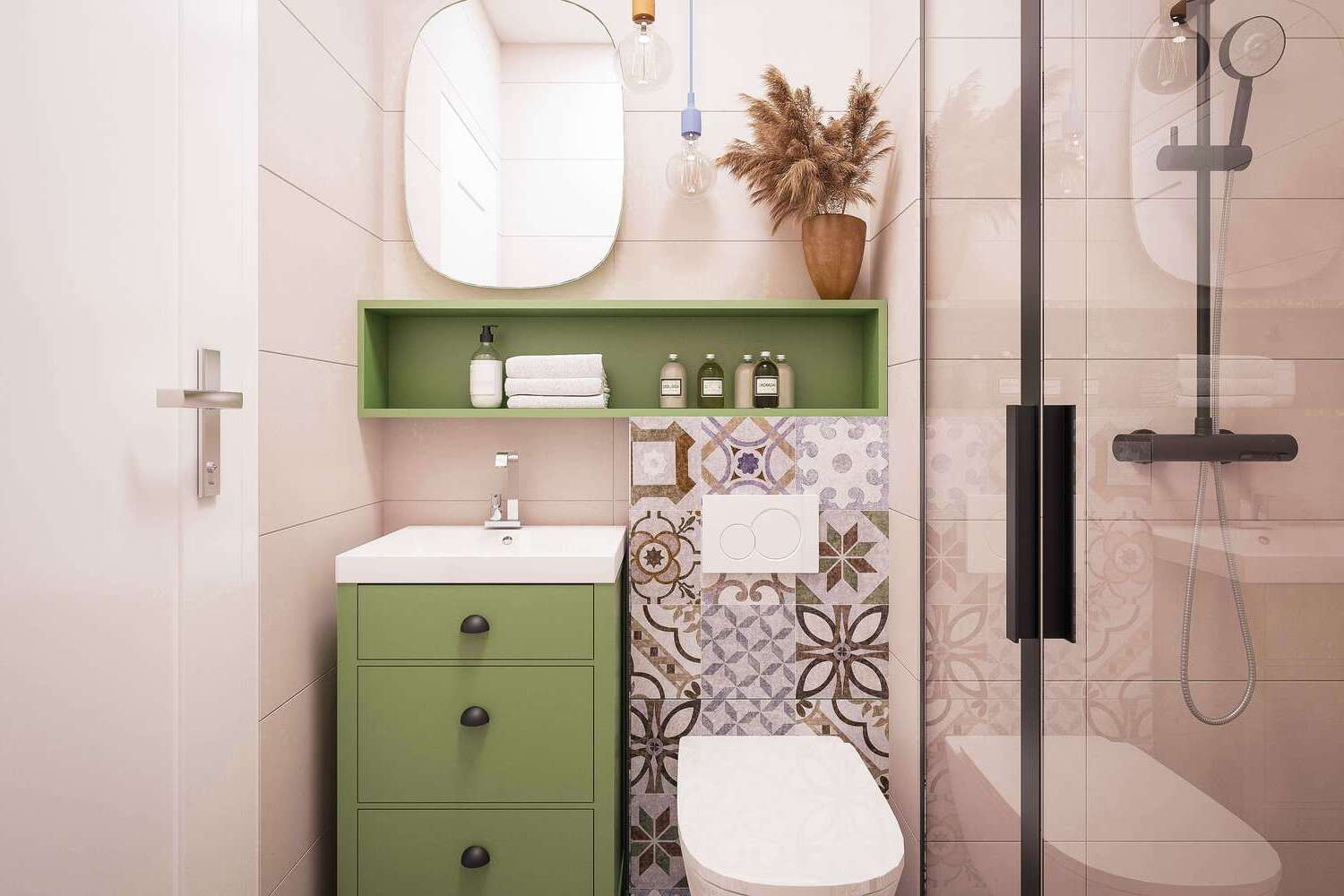
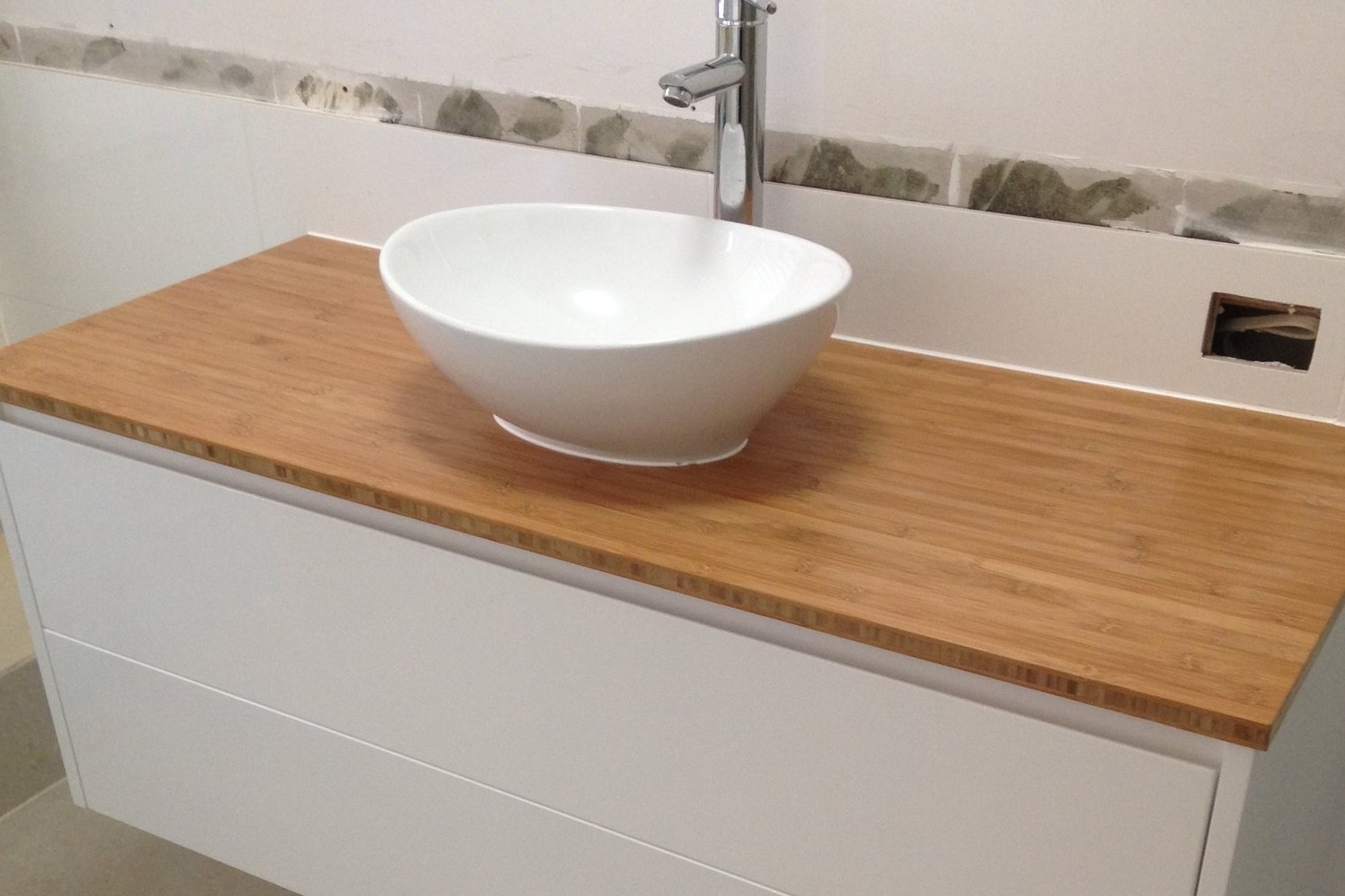
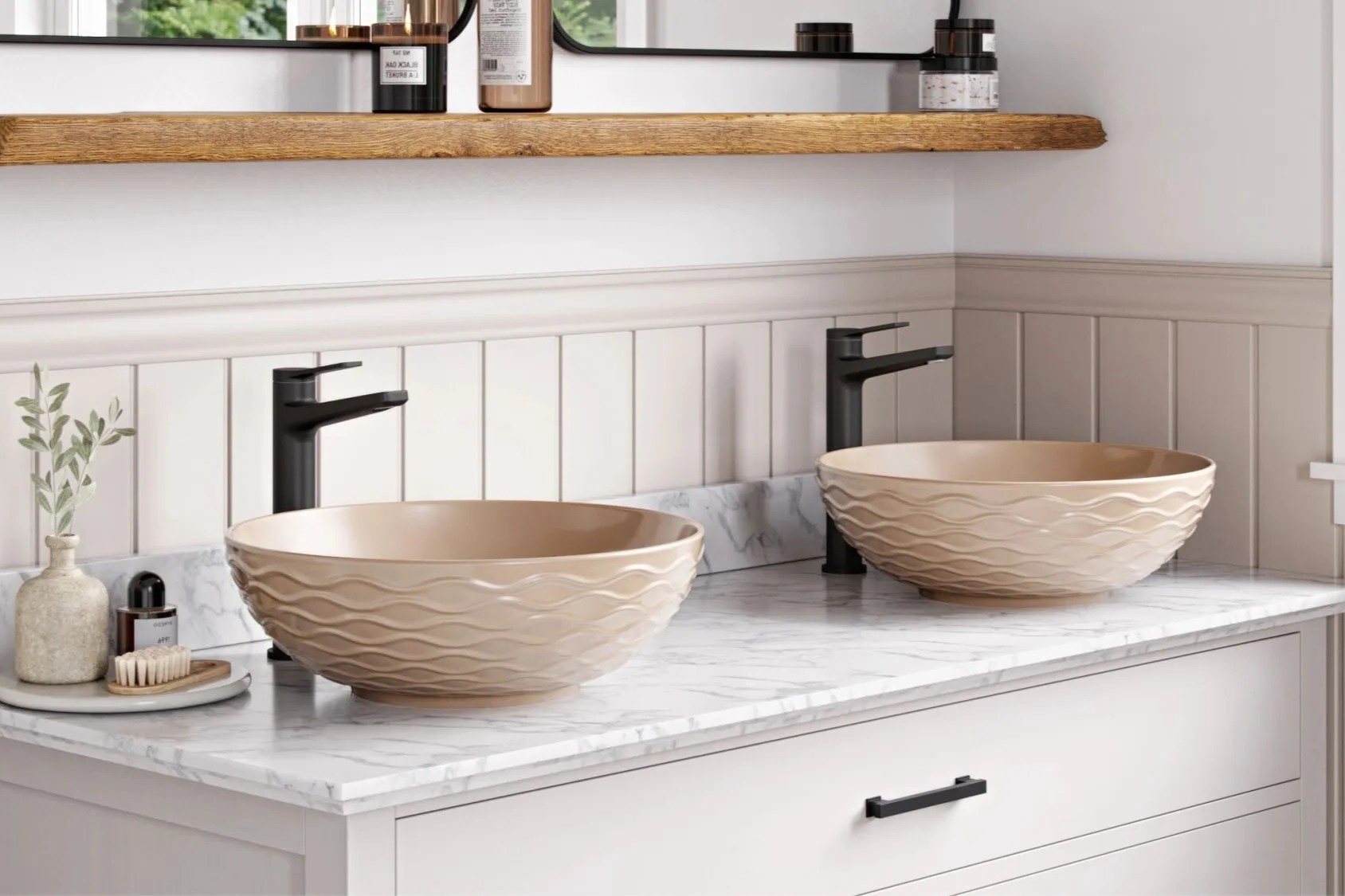
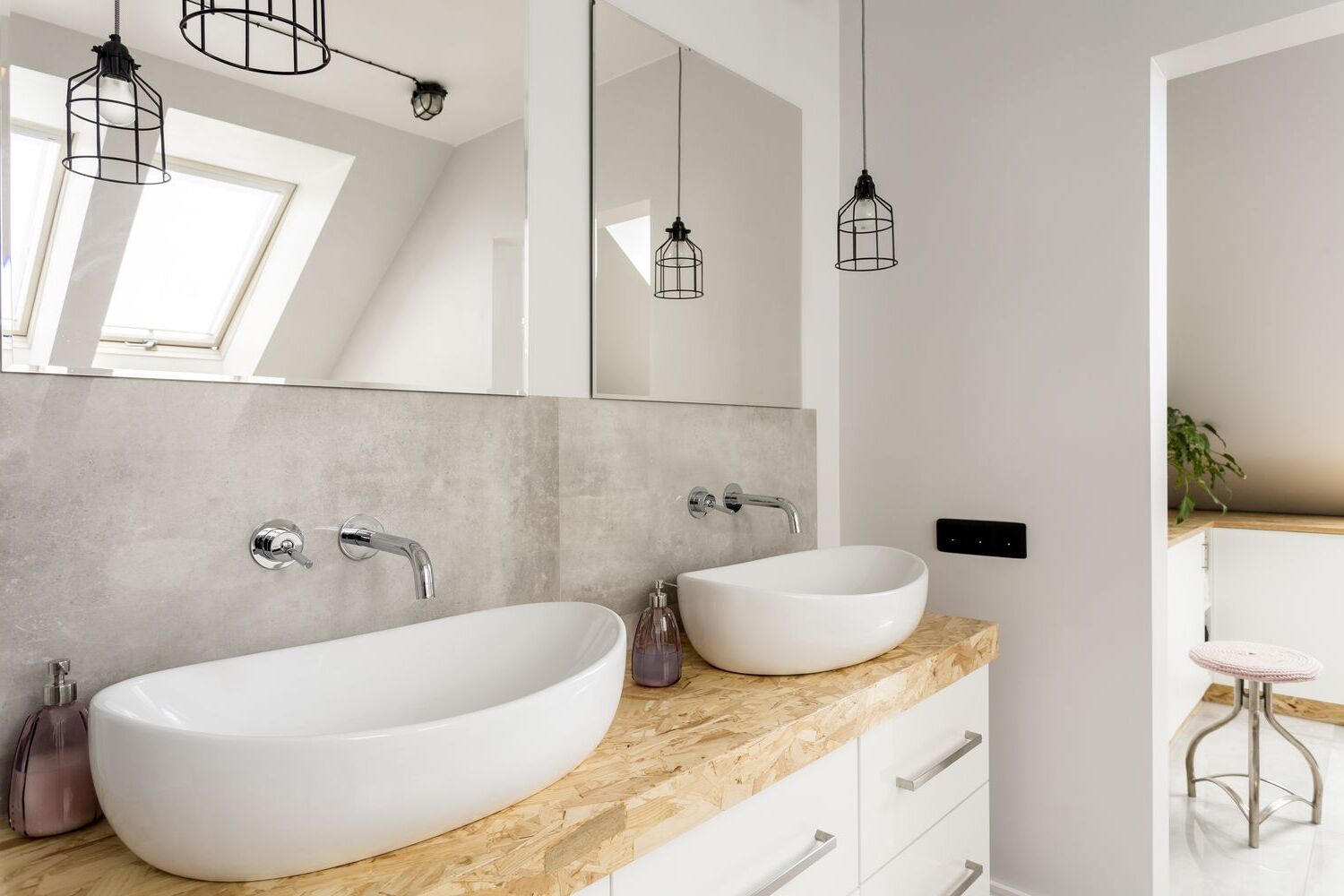
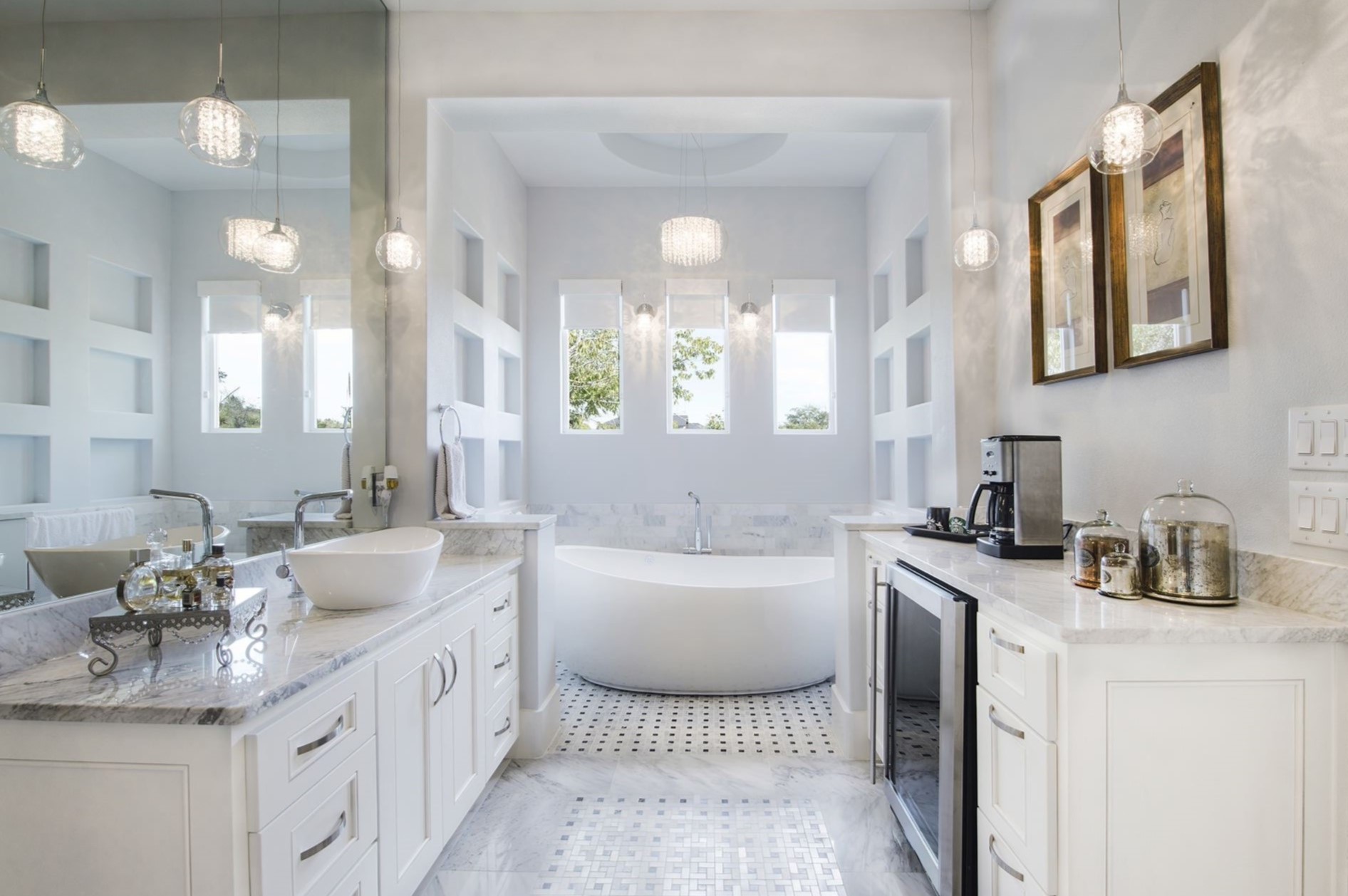
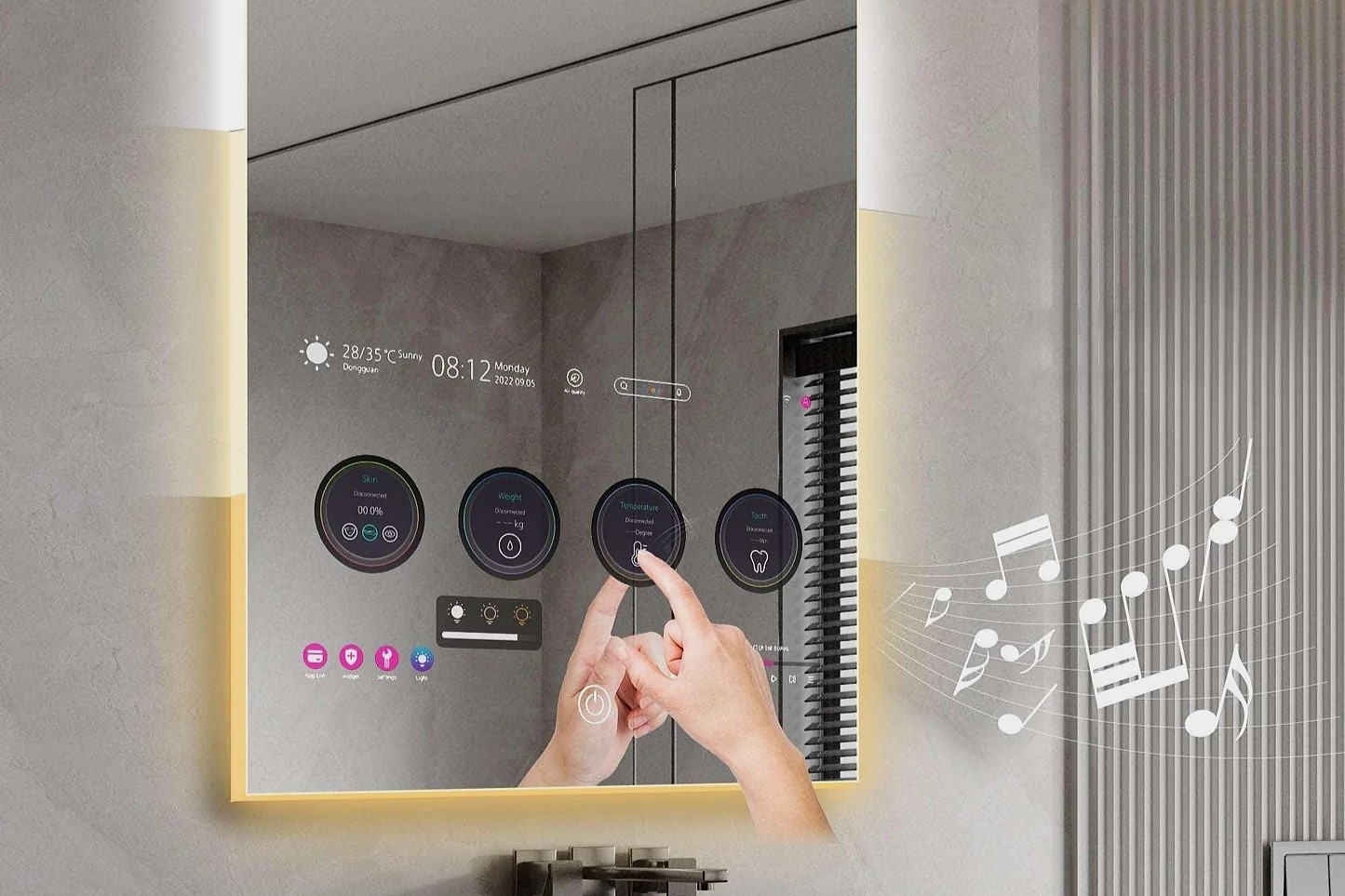
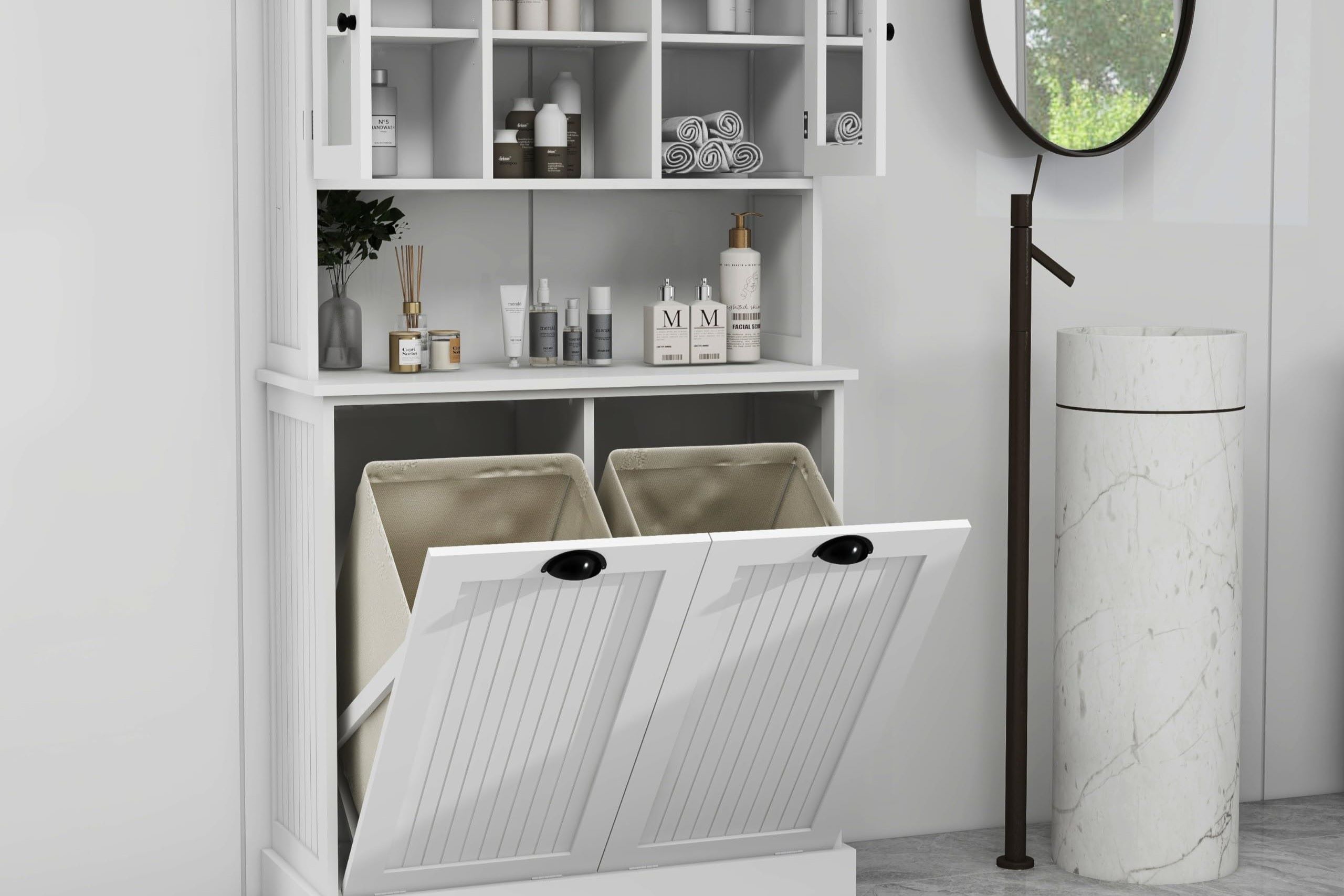
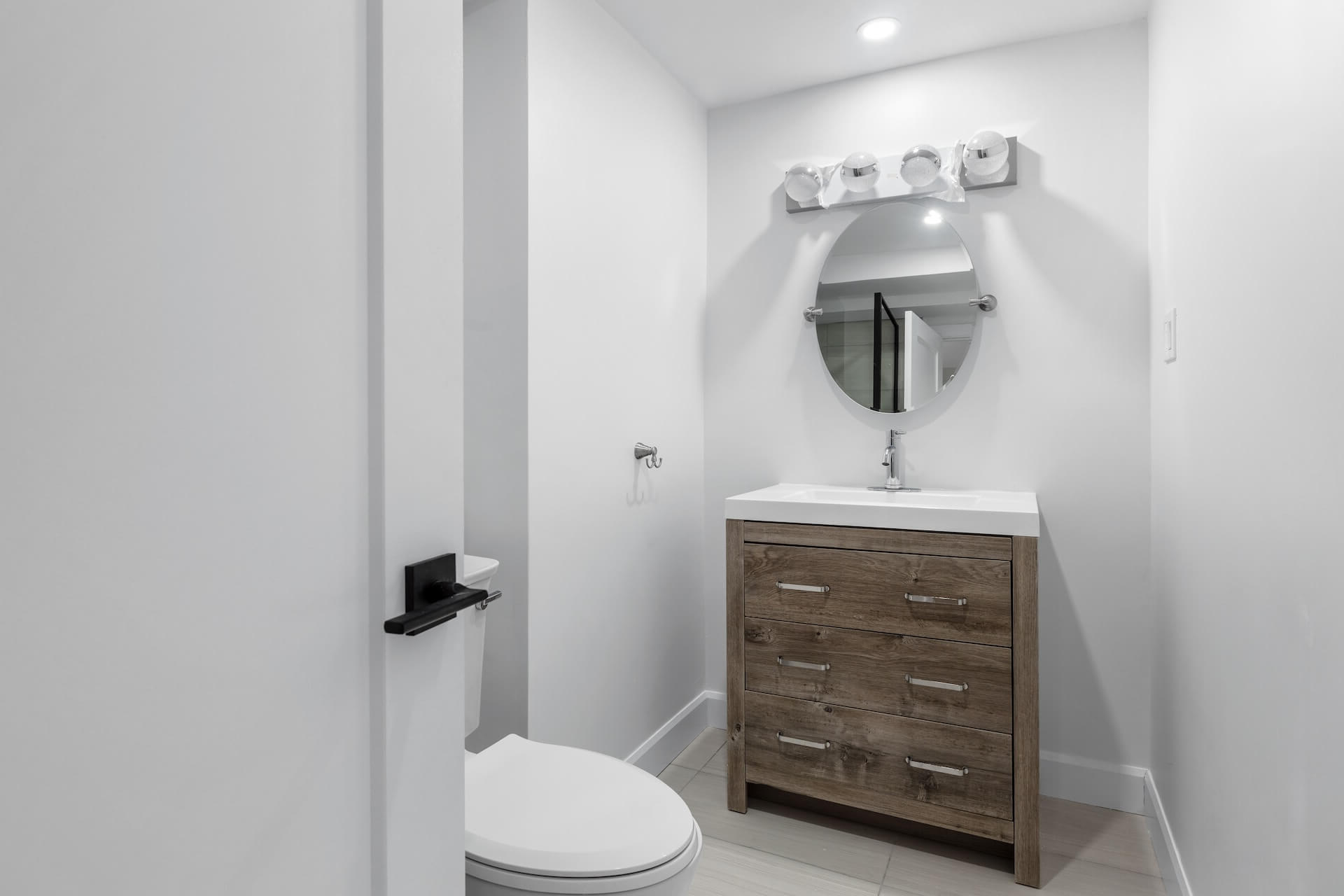

0 thoughts on “How To Choose And Install The Right Bathroom Vanity”